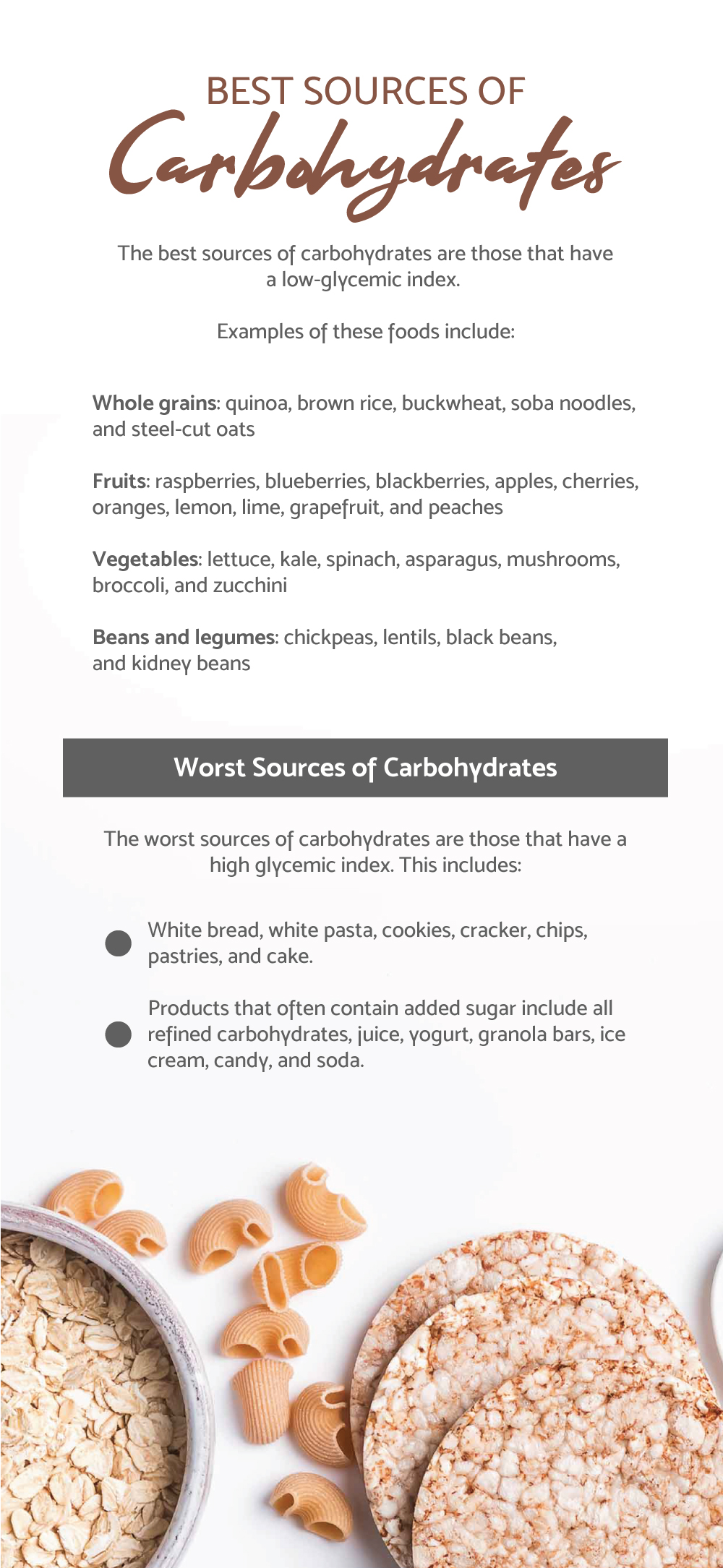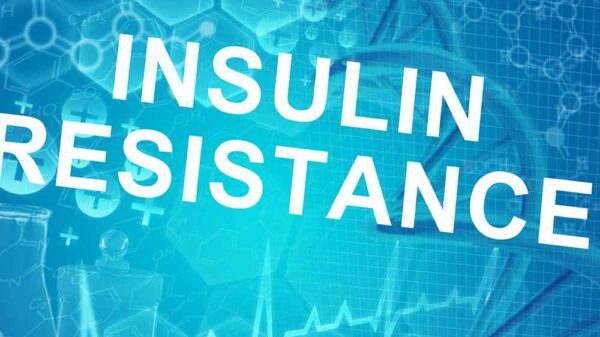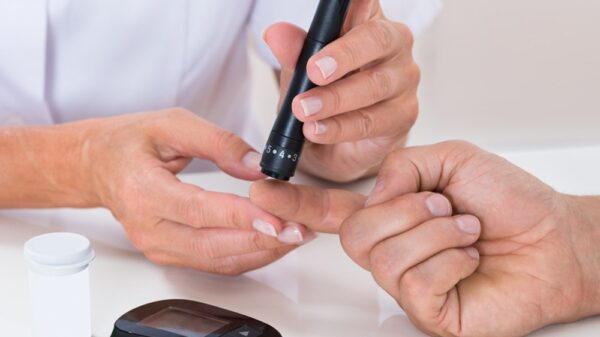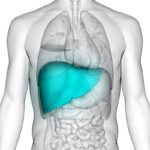Both conditions develop in large part due to lifestyle and diet factors. Luckily, this means that both conditions can also be reversed by lifestyle and diet changes. So, can type 2 diabetes be cured? Find out the details behind the diet and lifestyle changes you can make to reverse type 2 diabetes.
Reversing Type 2 Diabetes
So, before we dive into type 2 diabetes reversal strategies, let’s answer the question: Can diabetes be cured? The answer is a little complicated. Type 2 diabetes can’t be completely cured. However, in contrast to type 1 diabetes, it can be reversed.
Reversal of type 2 diabetes means your insulin production in pancreatic beta cells is healthy your insulin functions normally, and your body responds to the presence of insulin. When type 2 diabetes is reversed, your blood sugar levels are normal and you exhibit no symptoms of diabetes at all. This state of reversal is often described as diabetes remission. The reason type 2 diabetes isn’t cured is that during remission, you may still be at a higher risk for relapse than an individual who does not have type 2 diabetes.
Dietary Guidelines for Type 2 Diabetes
The foods you eat have a direct impact on your blood sugar and insulin sensitivity. While eating particular foods can directly cause insulin resistance and the development of diabetes, eating other foods can reverse insulin resistance and promote healthy metabolic functioning.
Follow a Primarily Plant-Based Diet
Research reveals that primarily plant-based diets show promise in both increasing insulin sensitivity and reducing indicators of associated metabolic conditions like high blood pressure and high cholesterol. (1)
Stick to larger portions of fresh veggies, fruit, whole grains, nuts, beans, and seeds, with an occasional serving of fish. Let’s go through carbs, proteins, and fats to eat on a plant-based diet.
How Many Carbs Per Day for a Diabetic?
A common misconception is that people with type 2 diabetes must eat a low-carb diet. However, it’s not necessarily the number of grams of carbohydrates that impacts blood sugar; it’s the source of carbohydrates.
The Center for Disease Control suggests that for individuals with diabetes, about 45% of daily calories should be derived from carbohydrates. (2) This means that on an average 2,000-calorie diet, 900 calories would come from carbohydrates. This figure will vary based on your individual biochemistry and activity levels.
Best Sources of Carbohydrates
The best sources of carbohydrates are those that have a low-glycemic index. This means that when your body breaks down the carbohydrates into glucose molecules, the sugar is released slowly into the bloodstream. Low-glycemic carbs do not spike your blood sugar, and therefore keep your blood glucose levels stable.
Foods with a low-glycemic index tend to be natural, whole foods. Examples of these foods include:
- Whole grains: quinoa, brown rice, buckwheat, soba noodles, and steel-cut oats
- Fruits: raspberries, blueberries, blackberries, apples, cherries, oranges, lemon, lime, grapefruit, and peaches
- Vegetables: lettuce, kale, spinach, asparagus, mushrooms, broccoli, and zucchini
- Beans and legumes: chickpeas, lentils, black beans, and kidney beans
A more comprehensive way to assess whether a carbohydrate source will spike your blood sugar is by evaluating its glycemic load. Glycemic load is a measurement that takes into account the glycemic index as well as the number of carbs per serving size.
The University of Sydney in Australia has compiled a database of foods based on glycemic index and glycemic load. Searching the database is helpful when determining the best sources of healthy carbohydrates.
Additionally, healthy sources of carbohydrates are also filled with vitamins, minerals, and antioxidants that help fight against inflammation associated with type 2 diabetes and metabolic syndrome. Antioxidant compounds and anti-inflammatory nutrients have been shown to help improve vascular function, improve blood pressure, decrease cholesterol, and even help reverse fatty liver disease.

Worst Sources of Carbohydrates
The worst sources of carbohydrates are those that have a high glycemic index. When you eat high-glycemic foods, your body rapidly converts them into glucose molecules that quickly cause a spike in blood sugar. Lots of glucose in the blood is difficult for the pancreas and insulin to handle, exacerbates insulin resistance, and leads to symptoms of diabetes.
The worst sources of carbohydrates for diabetes include processed carbohydrates or foods that contain added sugar. Processed or refined carbohydrates refer to natural grains that have had the nutritious part removed. For example, brown rice is processed to become white rice. Other examples of refined carbohydrates include white bread, white pasta, cookies, cracker, chips, pastries, and cake.
Products that often contain added sugar include all refined carbohydrates, juice, yogurt, granola bars, ice cream, candy, and soda.
Eat Healthy Fats
Polyunsaturated and monounsaturated fats are healthy fats that are primarily found in plant sources.
Sources of healthy fats to eat in abundance include almonds, walnuts, peanuts, pecans, avocado, pumpkin seeds, and sunflower seeds.
Omega-3 fatty acids are particularly healthy fats that have potent anti-inflammatory effects and positive impacts on diabetes. Omega-3 fatty acids are polyunsaturated fats and are found in fatty fish like salmon, tuna, mackerel, cod, and trout. The plant form of omega-3 fatty acids can be found in flaxseeds, chia seeds, and hemp seeds.
Steer Clear of Unhealthy Fats
Saturated and trans fats have been shown to worsen diabetes by impeding healthy insulin function and worsening insulin resistance. Saturated fat also worsens associated metabolic conditions by increasing cholesterol levels. High cholesterol raises the risk of developing plaques through a process called atherosclerosis. Plaque formation raises the risk of developing heart disease and experiencing a related cardiovascular event like a heart attack or stroke. Saturated fats are largely found in animal products.
Aim to avoid these food sources that may contain saturated fat:
- Fatty meats: Red meat, dark meat chicken, dark meat turkey, deli meat, sausage, and salami are high in saturated fat. Processed meats also tend to be high in sodium, which contributes to high blood pressure.
- Dairy products: Full-fat cheese, ice cream, milk, and butter are filled with saturated fats that are detrimental to metabolic health.
- Eggs: Eggs, especially the yolk, are high in saturated fats.
Trans fats are also common in lots of prepared foods and fried foods. Stay away from foods like:
- French fries
- Shortening
- Baked goods
- Fast foods
- Packaged foods
Aside from avoiding saturated fat, it’s also crucial to limit your consumption of animal products to reduce systemic inflammation that may be contributing to metabolic syndrome. Digesting meat and animal protein is associated with high levels of trimethylamine-N-oxide (TMAO) in the blood, which indicates higher levels of inflammation. Additionally, animal proteins can be difficult for the digestive tract to process and the kidneys to filter, which can over time contribute to wear and tear on these organs.
Choose High-Quality Plant Proteins
When you’re eating a primarily plant-based diet to support the reversal of diabetes, it’s especially important to eat a varied diet. Dietary protein is comprised of amino acids, nine of which our bodies are unable to synthesize, so we must consume them through the foods we eat. Getting optimal ratios of essential amino acids is critical for supporting muscle synthesis, neurotransmitter synthesis, DNA synthesis, and forming enzymes that carry out all biological processes.
In order to get all essential amino acids in optimal ratios from plant sources, it’s crucial to eat an assortment of vegetables, whole grains, nuts, seeds, and beans. Soybeans, tofu, and tempeh are the exceptions since they are plant protein sources that provide all essential amino acids.
Plant-Based Meal Ideas for Reversing Diabetes
Changing your diet can at first seem like a daunting task. Having meal ideas and tips on hand can help ease the transition to a plant-based diet that promotes the reversal of type 2 diabetes.
Breakfast
Prepare a bowl of steel-cut oats and mix in 2 tablespoons of ground flaxseed for extra omega-3 fatty acids. Top with chopped walnuts and fresh fruits like blueberries, strawberries, and raspberries. If you need extra sweetness, add a little bit of Stevia.
Lunch
Three-beans chili made with kidney beans, chickpeas, and black beans. Add chopped bell peppers, chopped jalapenos (if you like spice), chopped onion, crushed tomatoes, and minced garlic. Season with chili powder, cumin, salt, and pepper, and serve over brown rice for a healthy plant-based lunch.
Another option for lunch is a kale salad topped with red peppers, black beans, avocado slices, and sunflower seeds. Serve with a vinaigrette dressing made with olive oil.
Dinner
Lentil soup is an excellent option for a nutrient-packed, plant-based dinner. Prepare a stew with lentils, carrots, celery, onions, peppers, tomatoes, and spinach. Season with cumin, curry, oregano, and bay leaves. Serve over quinoa.
Another idea is preparing wraps using lettuce wraps. Prepare a filling out of cubed tofu and black beans, and mash until it resembles ground meat. Add garlic and onions. Season as you would ground meat, using spices like chili powder, paprika, cumin, and red pepper flakes. Prepare a medley of sautéed vegetables like peppers, zucchini, mushrooms, and kale. Layer the tofu mixture and vegetables in a lettuce wrap, and top with guacamole, salsa, and hot sauce.
If you’re craving meat for dinner, prepare a piece of baked salmon served with a side of soba noodles and sautéed kale. Remember, strictly limit your meat and dairy intake, and when choosing meats, choose fatty fish with lots of omega-3 fatty acids.
Lifestyle Changes for Reversing Diabetes
In addition to healthy dietary adjustments, regular physical activity and weight loss are associated with improvements in insulin sensitivity and reversal of type 2 diabetes.
Exercise Consistently
Exercise is a vital part of reversing type 2 diabetes. Both cardio and strength training have health-promoting benefits.
Cardio is a form of aerobic exercise that strengthens the cardiovascular system, including the heart and blood vessels. Being in better cardio shape improves diabetes as well as metabolic conditions that accompany diabetes, including insulin resistance, high cholesterol, high blood pressure, and fatty liver disease.
Effective forms of aerobic exercise include jogging, biking, hiking, skiing, and dancing. It’s a good idea to ramp up the aerobic exercise gradually as your body adjusts to increased levels of physical activity.
Strength training is critical for building muscles and maintaining lean body mass. Having muscle mass is important for improving glucose utilization and keeping metabolic rates high.
Weight Loss
Losing weight has been associated with improved insulin function. In order to lose weight, your energy expenditure must outweigh energy consumption. In other words, you must consume more calories than you eat. This can best be accomplished by combining healthy portion control with physical activity.
Counting calories, though tedious, may be a helpful strategy for getting a feel of how much food you need each day. A 2,000-calorie diet is a healthy average to aim for, though this number may be higher or lower based on your specific needs.
Keep in mind that eating too few calories can be just as detrimental as eating too many calories. Do not impose a severe calorie restriction when dieting. Starvation has very negative impacts on your health and causes muscle wasting.
In difficult cases, your doctor may recommend bariatric surgery, which is also known as gastric bypass surgery.
Can Prediabetes Be Reversed?
Absolutely. Prediabetes has not yet advanced to type 2 diabetes, and it doesn’t have to. Because prediabetes is a less advanced form of insulin resistance, it may respond even more readily to lifestyle changes than type 2 diabetes.
Consult Your Physician and Dietician
Always follow your physician’s medical advice. Your doctor may put you on diabetes medications like metformin that improve metabolic function. A healthy diet and lifestyle changes will work together with medications to provide optimal results.
If you have questions about how to adapt the number of carbohydrates to your specific needs, consult a registered dietician who can weigh all contributing factors and make a meal plan that works best for you.
Conclusion
So, can you get rid of diabetes? Yes, you can. Though you may be at a higher risk for relapse than someone without type 2 diabetes, you can be completely free of symptoms and indicators as long as you maintain a positive lifestyle and diet.
References:
(1) https://www.ncbi.nlm.nih.gov/pmc/articles/PMC5466941/
(2) https://www.cdc.gov/diabetes/managing/eat-well/diabetes-and-carbohydrates.html






















